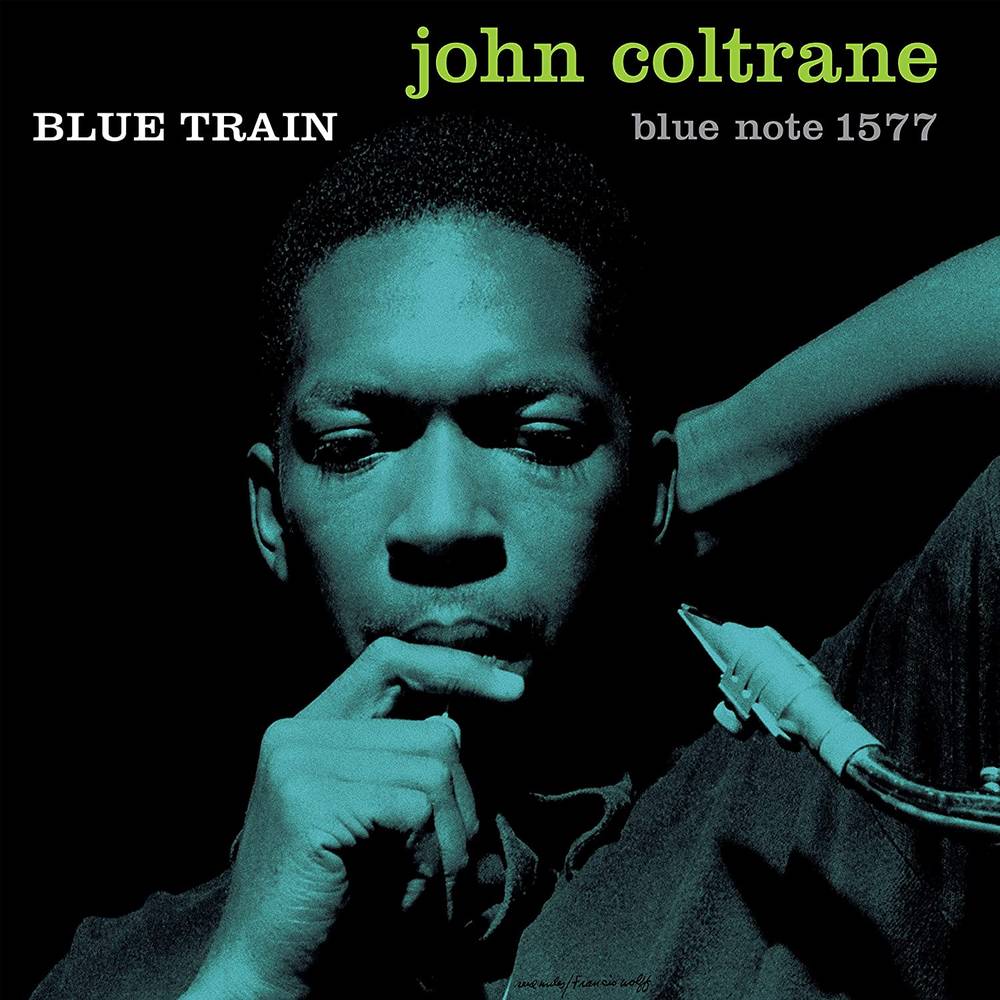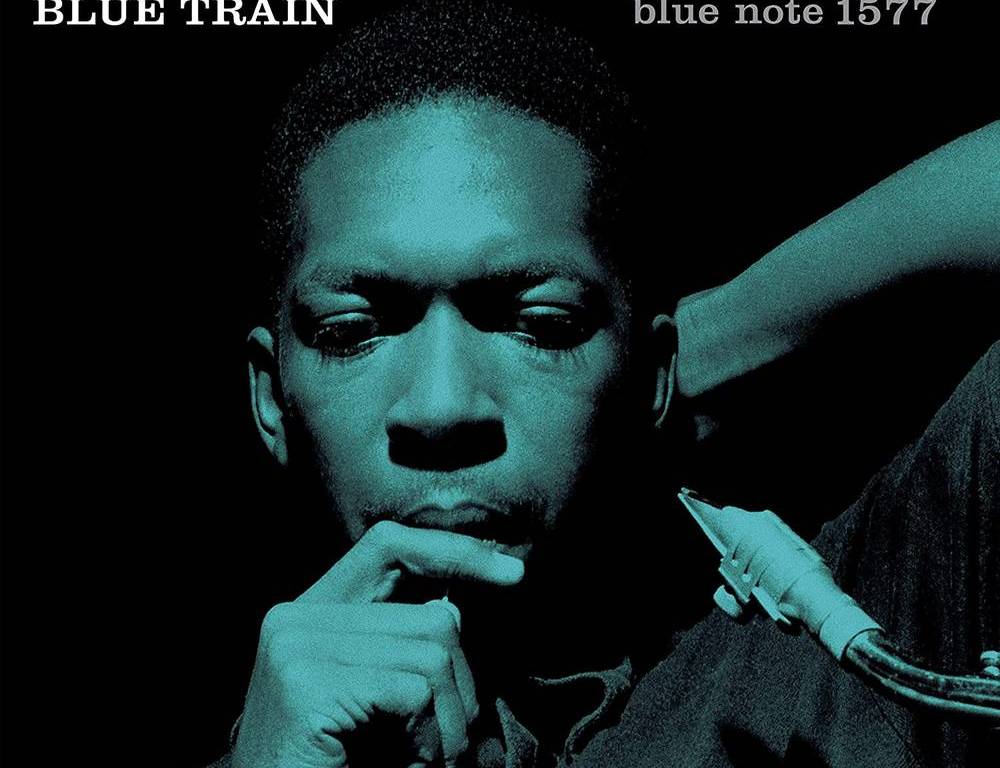Blue Train is John Coltrane’s early hard bop masterpiece with his own songs establishing his own identity.
John Coltrane – Blue Train (Blue Note, 2022)
If you listen to the discography of John Coltrane he tends to assemble larger bands when he is trying out new things, and then exploring the ideas further with smaller bands in between.
There are the larger groups on Ole (1961), Africa/Brass (1961) and the recordings from The Village Vanguard the same year when he explored modal jazz and a new concept of world music. And then there is the free jazz explosion on the big band Ascension (1965) and the sextet Meditations (1966) and the expanded bands on many other recordings from the same years.
The same is true of his first recordings as a bandleader. On both Coltrane (1957) and the more revered Blue Train (1958) he worked with sextets. It is possibly an attempt to differentiate the sound on these albums from the sideman work Coltrane had done in trumpeter Miles Davis’ Quintet which had established him as something as a new major voice on the tenor saxophone although he was already 30 years old at the time.
The Miles Davis rhythm section
Whatever the reason it gives these two albums added punch and volume. Young trumpeter Lee Morgan who like Coltrane was an alumnus of the Dizzy Gillespie band has a much more explosive style than Miles Davis, and trombonist Curtis Fuller who had worked with multi-instrumentalist Yusef Lateef plays with power and directness which would keep him in demand by bandleaders like Art Blakey. In fact, the album sounds a lot like the hard bop sextet Art Blakey would later establish with Fuller.
Another successful factor of the album is that Coltrane could use the rhythm section of bassist Paul Chambers and drummer Philly Joe Jones whom he had worked with for several years in the Miles Davis Quintet. They keep things happening all through the album. They both get solos on Coltrane’s Lazy Bird where Chambers plays one of his singing solos with the bow and Jones shows the dynamics of his style which was a bit heavier than that of many bop drummers and sometimes had an unashamed swing feel to it.
Urgent and complex
The replacement of Red Garland who played with them in Miles Davis Quintet by pianist Kenny Drew who had played with Clifford Brown and Sonny Rollins is enough to give the rhythm section another flavor even if there is a stylistic likeness to Garland and Drew the differences are there.
But the star of the recording is of course Coltrane himself. He wrote four of the five songs. On this edition there are several alternate takes of three of the songs which can be interesting to students and fans.
What makes this album stand out for me is still that urgent intense style of Coltrane on tenor saxophone with the harmonic and rhythmic complexity which he would evolve even further to the point of the quartet recording Giant Steps (1960). Then he would start going in another direction with albums with expanded bands like Ole and Africa. At least that is one way to hear it. There is of course several.


